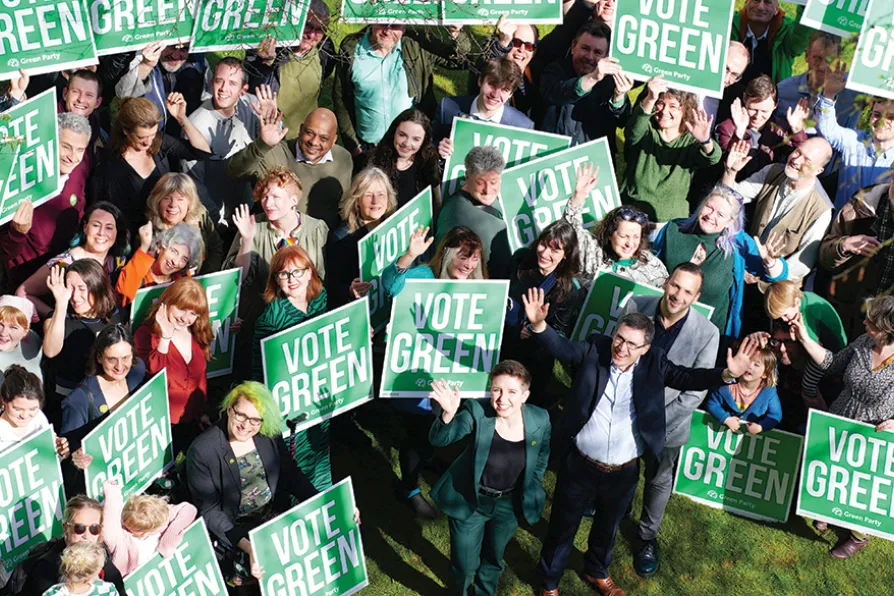The Gaza Tribunal is a vital step on the path to justice and accountability, writes RAMZY BAROUD

 ON THE WAY UP: Green Party co-leaders Carla Denyer and Adrian Ramsay at their local election campaign launch in Bristol on April 4 2024
ON THE WAY UP: Green Party co-leaders Carla Denyer and Adrian Ramsay at their local election campaign launch in Bristol on April 4 2024
IN MAY 2014, the Green Party was in celebration mode. In that year’s local elections, the Greens made 18 net gains. At the time, this was the party’s second most successful set of local elections in its history.
Twelve months later, the 2015 general election would see over one million people vote Green, more than at any election before or since. While record-breaking, that election was bittersweet.
The Greens only managed to retain their sole MP, failing to make further inroads. And within months the position of the Greens as the only mainstream party offering a left-wing diagnosis of the crises facing the country was thrown into doubt by the arrival of Jeremy Corbyn, the most radical leader the Labour Party has ever elected.

Now at 115,000 members and in some polls level with Labour in terms of public support, CHRIS JARVIS looks at the factors behind the rapid rise of the Greens, internal and external

Sixty Red-Green seats in a hung parliament could force Labour to choose between the death of centrism or accommodation with the left — but only if enough of us join the Greens by July 31 and support Zack Polanski’s leadership, writes JAMES MEADWAY

VINCE MILLS gathers some sobering facts that would inevitably be major obstacles to any such initiative

With Reform UK surging and Labour determined not to offer anything different from the status quo, a clear opportunity opens for the left, argues CLAUDIA WEBBE










